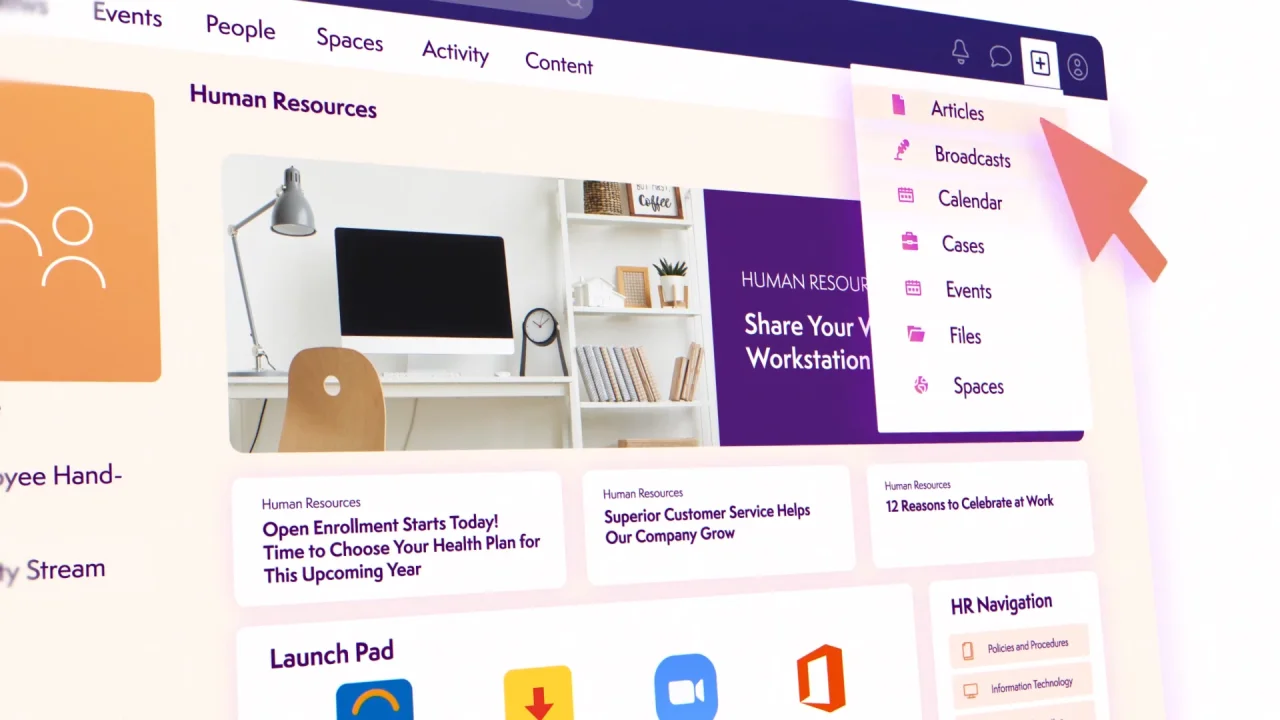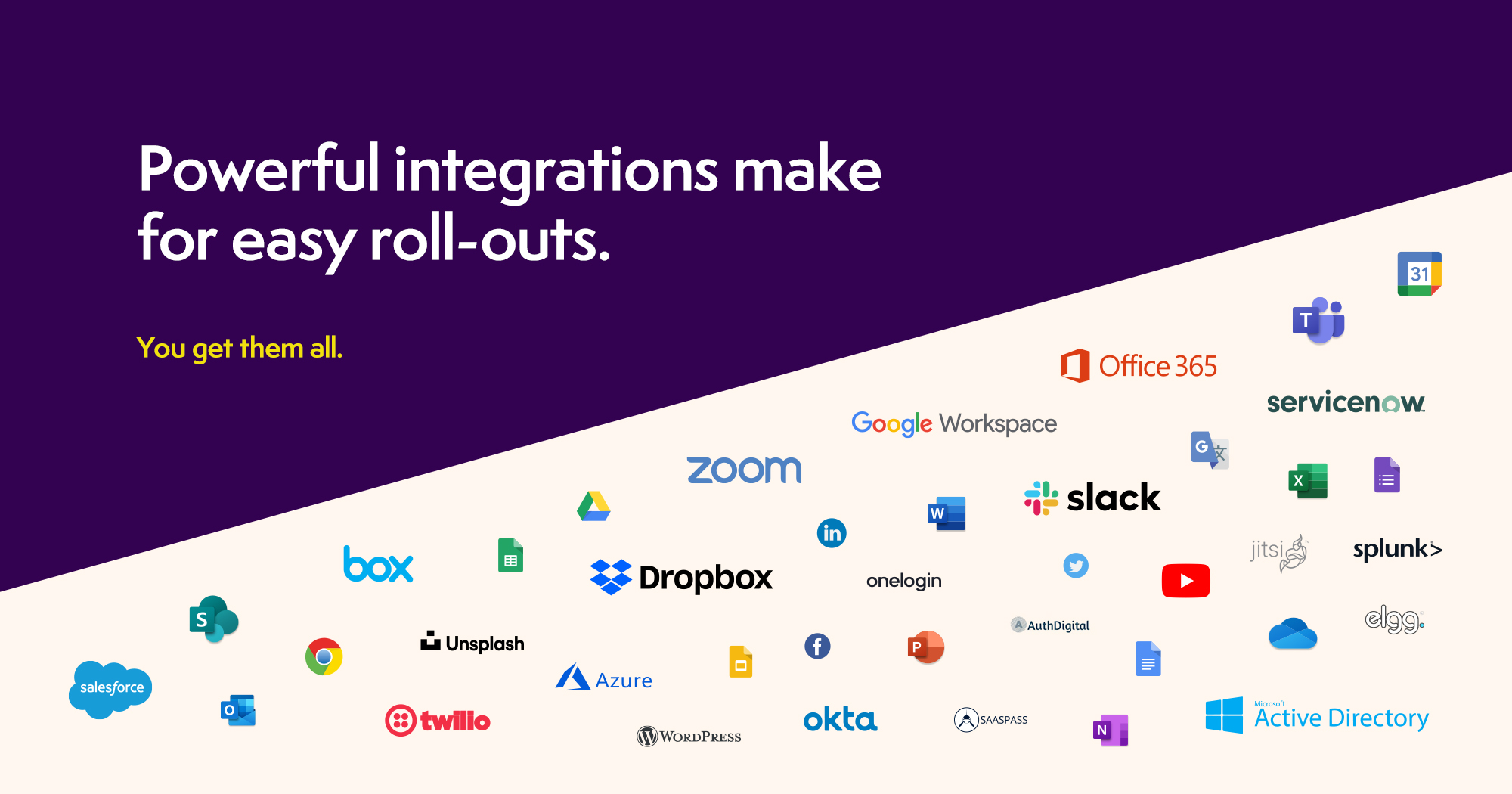Good communication in business development and growth
Good Comm. for Business Growth
Good business communication plays a crucial role in the development and growth of a business. Effective communication enables organizations to establish strong relationships with customers, employees, stakeholders, and partners. Here are some key effects of good business communication:
- Enhanced Productivity: Clear and concise communication ensures that tasks and goals are understood by all parties involved. It minimizes misunderstandings, reduces errors, and fosters a more efficient work environment. When employees can communicate effectively, they can collaborate seamlessly, resulting in increased productivity.
- Stronger Customer Relationships: Effective communication with customers is essential for building trust and loyalty. Businesses that communicate well can understand customer needs, address their concerns promptly, and provide satisfactory solutions. By maintaining open lines of communication, companies can develop strong customer relationships, leading to repeat business and positive word-of-mouth recommendations.
- Improved Employee Engagement: Good communication within an organization boosts employee engagement and morale. When employees feel informed, listened to, and involved in decision-making processes, they are more likely to be motivated and dedicated to their work. Transparent communication channels also foster a positive company culture and promote teamwork.
- Efficient Problem Solving: Effective communication allows businesses to identify and address problems quickly. When issues arise, open lines of communication enable teams to collaborate, brainstorm solutions, and implement them effectively. Timely and accurate communication can prevent small problems from escalating into larger ones, minimizing disruptions to business operations.
- Better Decision Making: Good communication ensures that all relevant information is shared with the necessary stakeholders. This enables leaders and managers to make informed decisions based on accurate and up-to-date data. Clear communication channels allow for effective information exchange, enabling organizations to respond swiftly to market changes and make strategic decisions.
- Enhanced Reputation and Brand Image: Businesses that communicate well project a professional and reliable image. Effective communication with customers, partners, and the public helps build a positive reputation for the organization. It demonstrates transparency, trustworthiness, and a commitment to customer satisfaction, which can attract new customers and foster long-term growth.
- Successful Collaboration and Partnerships: Strong communication skills are vital for collaborating with external stakeholders, such as suppliers, distributors, and strategic partners. Good business communication facilitates negotiation, conflict resolution, and the building of mutually beneficial relationships. Effective communication can lead to successful partnerships and strategic alliances, expanding business opportunities and driving growth.
good business communication positively impacts business development and growth by improving productivity, strengthening customer relationships, enhancing employee engagement, facilitating efficient problem-solving, enabling better decision-making, enhancing reputation and brand image, and fostering successful collaborations and partnerships.
What communication is important in business?
Written communication for business. Much of the business communication you engage in, will involve emails, documents, letters and reports. Although you have more time to prepare written communications, writing well for business is no less important than other forms of communication.
Top Business Communication Trends – Improve Communication in the Workplace
In the last decade, business communication technology has evolved drastically. Tools and communication trends have pivoted away from email and shifted towards personable, targeted ways to reach employees. It’s important to recognize these communication trends because the ability to evolve and adapt is imperative for companies who want to maintain thriving workplaces.
If you’re gearing up for the new year and want to explore ways to stay competitive, you will need to embrace emerging technology that improves communication. That’s why we compiled this list of the top 10 business communication trends, so you know what you need to be doing right now — to be ready for the future.
So, what are some of the trends taking place today that are used to improve communication at work?
1. Modern intranet software.
 Intranet software, or a digital workplace solution, is the number one business communication tool that thriving organizations rely on. According to a study, 85% of companies have an intranet or employee hub of some kind. Businesses need a place to access centralized content, data, and people, to work effectively. This trend has been fuelled by the benefits of social media, advancing mobile devices, and the rise of remote work. With a modern intranet, all of your communications, documents, and people are in one always-accessible place.
Intranet software, or a digital workplace solution, is the number one business communication tool that thriving organizations rely on. According to a study, 85% of companies have an intranet or employee hub of some kind. Businesses need a place to access centralized content, data, and people, to work effectively. This trend has been fuelled by the benefits of social media, advancing mobile devices, and the rise of remote work. With a modern intranet, all of your communications, documents, and people are in one always-accessible place.
From activity streams, notifications, and likes and comments, to blogs, wikis, and collaboration tools, today’s intranet software is people-centric with social features that users are familiar with.They also offer a more convenient way to communicate — everybody can communicate and share ideas from anywhere, while contributing to the company culture and feeling like a community.
2. Collaborative digital workspaces.
 Successful organizations recognize that team collaboration is central to their productivity. As a result, intuitive collaborative digital workspaces are a top business communication trend.
Successful organizations recognize that team collaboration is central to their productivity. As a result, intuitive collaborative digital workspaces are a top business communication trend.
Modern digital workspaces empower employees to work like they’re in the same room. Equipped with a robust set of knowledge management tools, co-editing documents, sharing ideas, delegating tasks and finding information is all available in one accessible place. It’s become a must-have feature for many businesses, because teams who work in the same building, or miles apart, need workspaces to track progress, centralize content and people, and eliminate unnecessary emails that bottleneck workflows.
3. Unified communications.
Another business communication trend to watch for is unified communications. These days most employees expect a single source of truth when it comes to understanding their goals and doing their jobs efficiently.
Too often employees are scattered with multiple platforms and overloaded inboxes. Internal communications software puts an end to missed messages by streamlining important announcements, content, and conversations in one place. This includes chat services, phone and video conferencing, messaging, and feedback and commenting systems. Employees also receive information relevant to them, which eliminates confusion and provides a consistent user interface and experience across a range of devices and media types.
By tying together three-way communications: leaders to employees, employees to leaders, and employees with each other; a unified communication system reduces infrastructure costs and centralizes features for a more responsive experience. It makes everyone’s life simpler and enables management to quickly see when employees are available.
4. Video conferencing.
While video conferencing has been around since the 1980s, new technologies have changed how teams work together. Video-enabled phones, tablets, and apps allow employees and management to screen-share, conduct presentations, and communicate in real-time.
Web-based video conferencing services have also made it easier for teams to meet in virtual rooms, which has greatly improved collaboration efforts. Most video conferencing solutions also come bundled with online collaboration tools such as document sharing, text chat, and screen sharing.
5. Robust mobile devices.
 Mobile is king—and it’s an undeniable form of business communication technology. Whether employees are commuting to work, at an in-person conference, or on-the-go, strong mobile apps bring the office to your people, wherever they are.
Mobile is king—and it’s an undeniable form of business communication technology. Whether employees are commuting to work, at an in-person conference, or on-the-go, strong mobile apps bring the office to your people, wherever they are.
With mobile intranet software, employees can ping team members, access company data and receive important notifications. This connectivity empowers you to establish better internal communication throughout your entire organization. As an added bonus, if you establish a bring-your-own-device program, employees can use their personal devices at work and be just as efficient. The real benefit here is that employees enjoy using their own devices — and the company benefits by having easy reach to employees at all times.
6. Cloud-based apps.
By storing company data in the cloud, your organization can access anything, anywhere. Cloud-based services and apps are also accessible on mobile devices — making it highly convenient when collaborating on projects and communicating with your team. With real-time editing capabilities and other advanced sharing options, many businesses are opting for cloud intranet software due to its flexibility.
7. Seamless technology integration.
 The ability to move conversations and data from one platform to another is huge these days — so much that you don’t even think about. It is expected that all devices will sync conversations, tasks, and notes.
The ability to move conversations and data from one platform to another is huge these days — so much that you don’t even think about. It is expected that all devices will sync conversations, tasks, and notes.
This business communication trend is also seen in some bring-your-own-device initiatives. Some organizations encourage their employees to use personal devices for work and personal uses — reducing friction between the two. As it turns out, company communication is greatly enhanced in the process.
8. Chat services.
 Chat services are an immediate and direct way to collaborate with team members without the complicated email threads. You not only get the information you need faster, but can also use a range of media types including video and video conferencing. With the right intranet platform, you can also integrate chat into your digital workplace. (For instance, here’s how Axero’s Slack intranet integration works.)
Chat services are an immediate and direct way to collaborate with team members without the complicated email threads. You not only get the information you need faster, but can also use a range of media types including video and video conferencing. With the right intranet platform, you can also integrate chat into your digital workplace. (For instance, here’s how Axero’s Slack intranet integration works.)
Many modern intranet solutions also come with their built-in chat features—like Axero—so you can eliminate one less platform. Intranet chat is real-time while remaining unobtrusive.
9. Video communications.
 Multimedia is the way to go when it comes to communication—and it’s a huge business communication trend. By incorporating video, images, and infographics, you make your content more engaging and digestible for your employees.
Multimedia is the way to go when it comes to communication—and it’s a huge business communication trend. By incorporating video, images, and infographics, you make your content more engaging and digestible for your employees.
Video is being used to train staff, explain a process, and to disseminate vital company announcements from management. Since video is more engaging, it is more effective as an internal communication method, which is why more companies are following this trend.



































